Design school projects in which your students get involved in daily actions that contribute directly to the metrics of the sustainable development goals of the 2030 Agenda.
The year 2030 is the deadline for the effect of human intervention on the planet to become irreversible (United Nations, 2016). The 2030 Agenda is a United Nations (UN) global initiative that sets specific goals to achieve sustainable development. The goals put forward were defined for the year 2030 and encompass diverse sectors such as: climate action, clean water, affordable and clean energy, life below water, life on land, responsible production and consumption, quality education, no poverty, good health and well-being, decent work and economic growth, and peace, justice and strong institutions, among other categories.
At present, the number of environmental awareness and protection campaigns is on the rise. More and more people engage in endeavors to make a positive change in their environment. What has your contribution to this effort been? Since every effort matters, if you are already part of a community or personal initiative, congratulations! If this is the first time you have heard about Agenda 2030, don’t worry, start by finding out where we are.
Every year, the UN publishes a statistical report on compliance with the Sustainable Development Goals (SDGs), by country. These reports can be found online, on the UN’s official website.
The bad news is that in 2018 there was room for improvement in Mexico’s performance. In the ranking, Mexico achieved a score of 65.2 points, implying that we have reached 65% of the best possible result, and is ranked 84th out of 156 countries. The top performers are Sweden, Denmark, and Finland with a score of 85, 84.6 and 83, respectively, while in Latin America, the highest-ranked countries are Costa Rica (33rd), Chile (38th) and Cuba (42nd).
Mexico’s Assessment of the Agenda 2030
The following diagram displays Mexico’s 2018 assessment for each of the goals established in the agenda. The five-color system used shows how close the country is to meeting the targets, based on mathematical extrapolation. Green: the value has increased or maintained, and the goal will be met by 2030. Yellow: the value has grown at speed higher than the required 50%. Orange: the value has been maintained, or the rate of increase is less than the required 50%. Red: the country is moving in the wrong direction and is associated with a lower value than previous years.
Every year, progress in the goals is monitored and updated in greater detail. For example, even though Mexico has not achieved its first objective, the green arrow indicates that it has made progress compared to previous years. Using a similar system, the arrow-indicators display tendencies more graphically.
Much remains to be done. Several NGOs in Mexico support the United Nations Development Program (UNDP) by fostering the 2030 Agenda with awareness and social action programs. Schools are also getting involved by generating projects and inviting students to form part of this initiative.
At Tec de Monterrey, we have developed diverse interdisciplinary proposals to contribute to the 2030 Agenda based on resource protection and knowledge campaigns. The Matter, Environment, and Sustainability courses I teach at Tec High School Estado de México Campus offer students the following ways of getting involved:
-
Reforestation of more than 200 trees in a protected natural area of the State of Mexico.
-
A responsible consumption awareness campaign, involving family members and neighbors.
-
Research on the daily consumption of water and electricity on campus. As a result of the study, students proposed several ways of reducing waste.
This project increased students’ awareness of their impact on the environment and encouraged them to engage in daily actions that could contribute directly to the SDG metrics.
You can learn more about this project in the article The 2030 Agenda for Sustainable Development: How to Get Students Involved?, published in the World Journal of Educational Research DOI: https://doi.org/10.22158/wjer.v5n4p358. I presented this project at the 2019 International Union of Pure and Applied Chemistry (IUPAC) Congress, where I received the award for the best poster in chemistry education.
The results obtained for Mexico show that there is still a long way to go if we want to fulfill the proposed goals by 2030. The best way to achieve this would be to get actively involved in our environment since even the smallest contribution will produce a significant change if every one of us collaborates. Let’s start by changing our everyday habits to impact the environment positively.
About the author
Lucila Giammatteo (giammatteo@tec.mx) is a science professor at Tec de Monterrey Estado de México Campus. Her areas of interest include interdisciplinary projects that address a sense of humanity and social responsibility. Over the past two years, she has spent time on educational research, collaborating on several articles that seek to enhance science education.
This article from Observatory of the Institute for the Future of Education may be shared under the terms of the license CC BY-NC-SA 4.0 
)
)
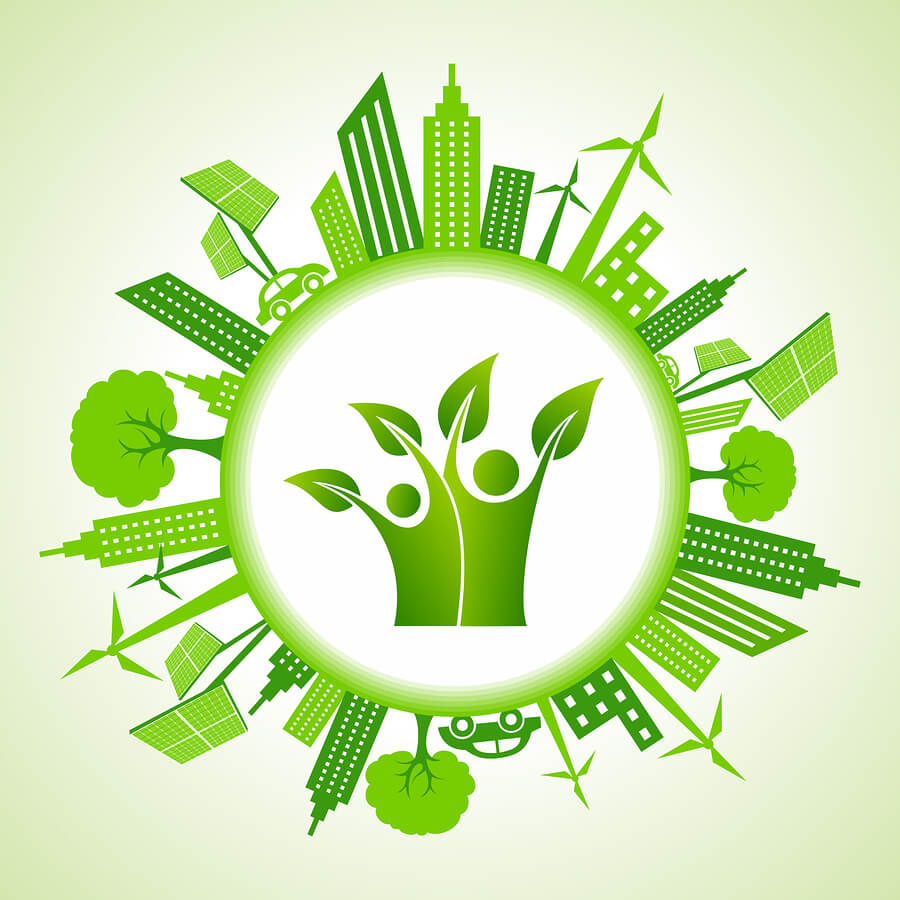
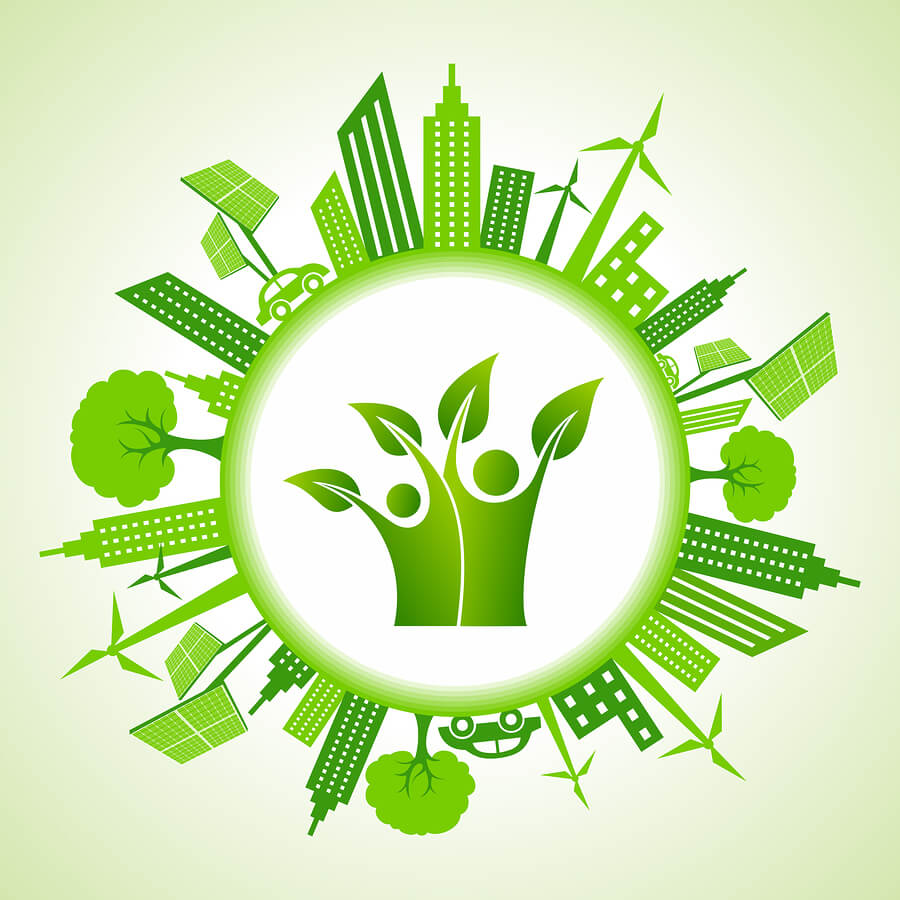
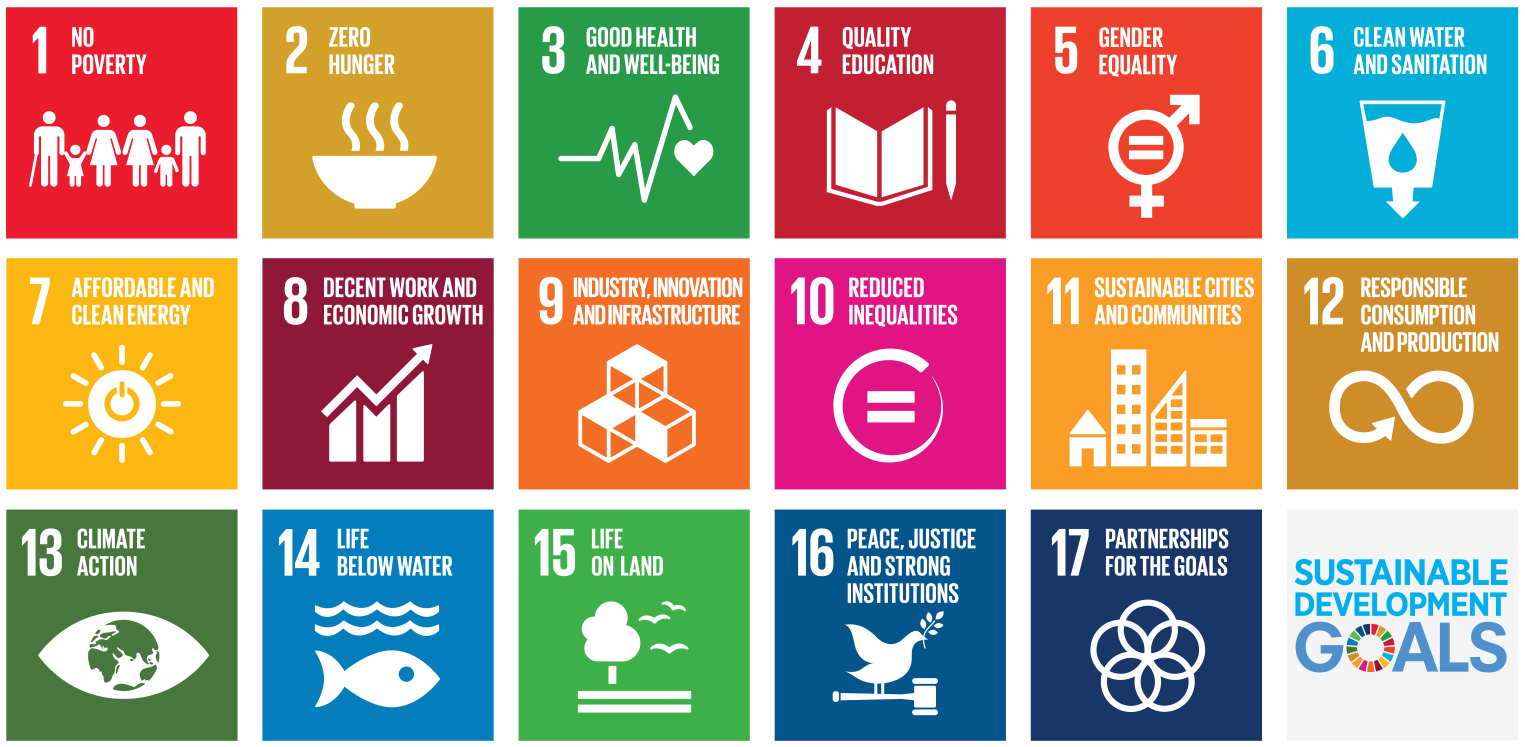


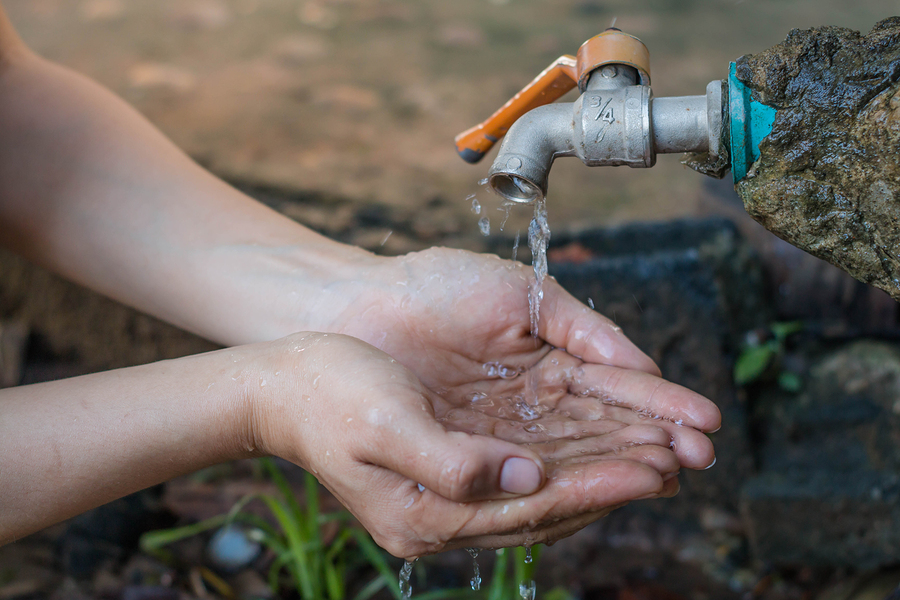
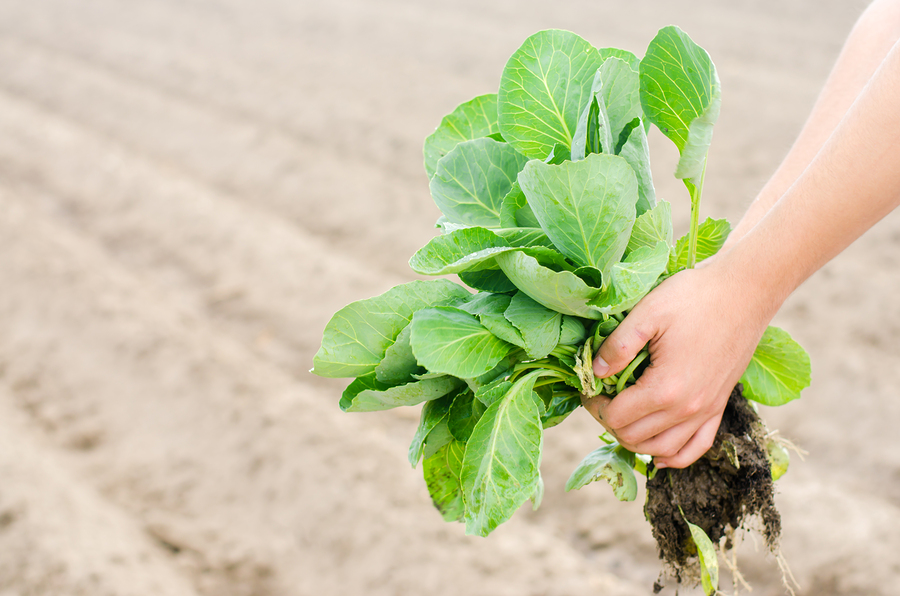
)
Brenda Verdugo González and Priscila Lara Juárez
Brenda Verdugo González and Priscila Lara Juárez
Brenda Verdugo González and Priscila Lara Juárez